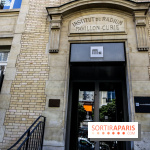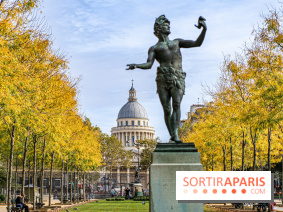In the heart of the 5th arrondissement, close to the Panthéon where she was laid to rest, lies the Musée Curie and its Institute, which today houses a cancer research center. At the beginning of the 20th century, Marie Curie carried out all her experiments here, notably in a laboratory known as the Pavillon des Sources, which led to the advancement of science. Today, however, the historic building is threatened with demolition, in order to expand the Pierre-et-Marie-Curie-Val-de-Grâce Campus.
Until now, the Institut Curie's headquarters comprised three buildings: the physics and chemistry laboratory, the biology and radio-physiology laboratory, and the Pavillon des Sources. In the latter, a small beige stone villa dating from 1914, the first woman to win the Nobel Prize stored the radioactive materials used in her cancer research. But in March 2023, the City of Paris authorized the demolition of the building .
Today, the only way to halt its demolition, as requested by heritage conservationists, is to have it listed as a Monument Historique. In its place, a seven-storey, 24-metre-high building is to be erected, which is causing problems for the Commission du Vieux Paris, according to France 3. Dedicated to protecting the city's heritage, the Commission has already issued three unfavorable opinions on the grounds that the project would damage the "exceptional historic landscapes of this district", located on the Montagne Sainte-Geneviève.
The Curie Museum: In the footsteps of Marie Curie and her family
At the heart of the Curie campus, in the 5th arrondissement of Paris near the Panthéon, lies the Musée Curie. Open from Wednesday to Saturday, this free place of memory and knowledge offers an insight into the history of radioactivity and its medical applications. [Read more]
Location
Institut Curie
26 Rue d'Ulm
75005 Paris 5



 The Curie Museum: In the footsteps of Marie Curie and her family
The Curie Museum: In the footsteps of Marie Curie and her family














